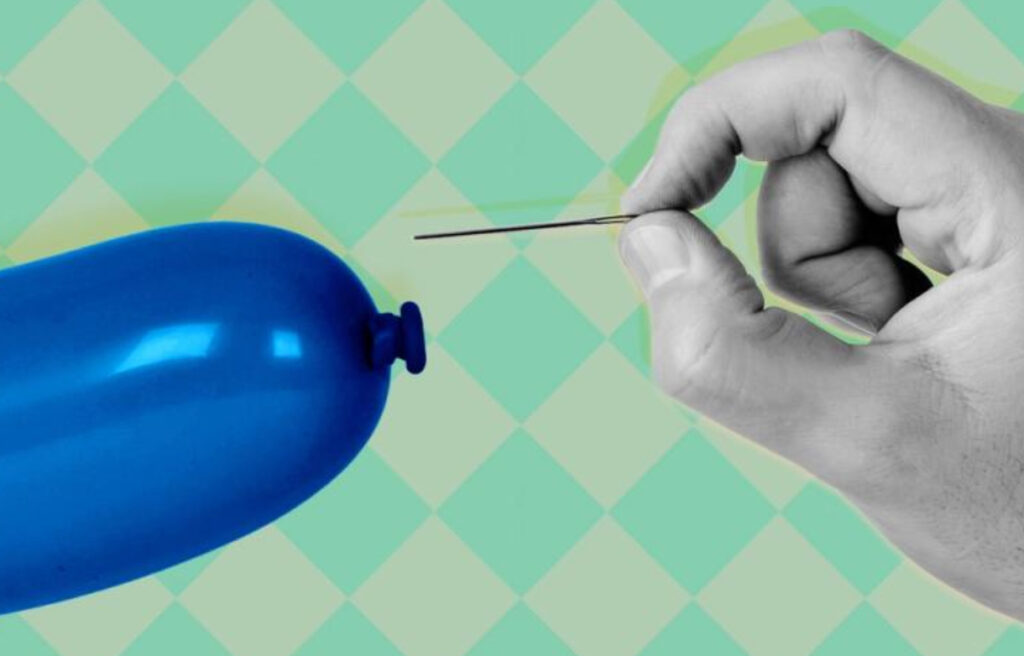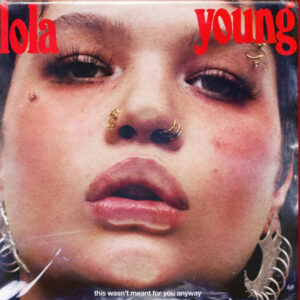
The art market has long been a symbol of affluence and cultural prestige. In recent years, however, the prices of art—especially contemporary and modern pieces—have skyrocketed to unprecedented levels, leading many to question whether the art world is teetering on the brink of a bubble. From record-breaking auction sales to high-profile gallery showings, the market’s exponential growth has created an environment ripe for speculation, where prices seem to be driven less by intrinsic value and more by trend and hype. This phenomenon has raised a critical debate: Is the art market sustainable, or are we witnessing the inflation of a bubble destined to burst?
The Mechanics of the Art Market
The art market is a complex ecosystem comprised of artists, galleries, collectors, auction houses, and investors, each playing a unique role in the valuation and sale of art. Over the past decade, the dynamics of this market have shifted dramatically due to several key factors:
Globalization of the Art Market: The emergence of new buyers from regions such as Asia and the Middle East has injected fresh capital into the market, driving demand for both contemporary and classical art. As a result, art sales have become increasingly international, with a greater number of artists gaining global recognition and prices being influenced by a wider range of collectors.
Financialization of Art: The categorization of art as an alternative asset class has attracted investors seeking to diversify their portfolios. Hedge funds and private equity firms have begun treating art as a commodity, buying and selling works based on anticipated appreciation rather than aesthetic or historical value. This financialization has introduced a speculative element, contributing to the rapid inflation of prices.
Role of Auction Houses and Market Manipulation: Major auction houses like Christie’s and Sotheby’s have played a pivotal role in inflating prices by orchestrating high-profile sales and marketing campaigns that create a sense of urgency and competition. These auction houses often offer guarantees to sellers, ensuring a minimum price for the artwork, which can distort market values and set artificially high benchmarks.
Identifying the Signs of a Bubble
The art market, much like any other financial market, is susceptible to bubbles—a scenario where prices are driven to unsustainable levels by speculation and exuberant behavior. Several indicators suggest that the art market may be experiencing such a phenomenon:
Exponential Price Increases: The prices of certain artists, particularly those in the contemporary and modern categories, have risen exponentially. Artists like Jean-Michel Basquiat, Banksy, and Jeff Koons have seen their works sell for tens of millions of dollars, with some even surpassing the $100 million mark. These dramatic increases, often detached from broader economic trends, suggest an overheated market.
Speculative Buying and Flipping: Many collectors and investors are engaging in short-term buying and selling, or “flipping,” of artworks. This practice is particularly prevalent in the contemporary art segment, where newly minted artists see their prices skyrocket within months of their debut. This speculative activity distorts the market, as it prioritizes quick returns over long-term appreciation and artistic merit.
Emergence of Art Investment Funds: The rise of art investment funds, which pool money from investors to buy and sell artworks, has further fueled the speculative nature of the market. These funds often prioritize high-profile, expensive pieces that can appreciate quickly, thereby contributing to the rapid inflation of certain artists’ prices.
Discrepancy Between Primary and Secondary Markets: A stark discrepancy often exists between the primary market (direct sales from galleries and artists) and the secondary market (resales at auctions and private sales). Works that sell for modest prices in the primary market can achieve astronomical figures in the secondary market, reflecting a speculative premium that may not be sustainable.
The Role of Collectors, Institutions, and Market Manipulation
The art market is not an isolated entity—it is shaped by the behavior and strategies of various stakeholders. In examining the potential for a bubble, it is crucial to critique the roles of collectors, institutions, and market intermediaries:
Collectors as Market Drivers: High-net-worth collectors, often motivated by status and competition, are significant contributors to the inflation of art prices. The phenomenon of trophy hunting—where collectors seek out the most expensive, high-profile pieces to add to their collections—creates an environment where prices are driven by prestige rather than artistic value.
Institutional Influence: Museums and galleries, which have traditionally been seen as guardians of cultural value, are not immune to the pressures of the market. Major institutions sometimes engage in “deaccessioning”—the sale of artworks from their collections—to fund acquisitions of trendier, more commercially viable pieces. This practice not only reflects the influence of market forces on curatorial decisions but also contributes to the perception of art as a speculative commodity.
Auction House Strategies and Guarantees: Auction houses often employ guarantees and irrevocable bids to secure high-value sales, a practice that can manipulate market values. By ensuring that an artwork will sell for a minimum price, auction houses create a false sense of demand and stability. This strategy can backfire, however, if guarantees are not met, resulting in substantial losses and a potential market correction.
Emergence of Blue-Chip Art as a Safe Haven: In times of economic uncertainty, blue-chip artworks by established masters like Picasso, Warhol, and Rothko are often viewed as safe-haven assets. This perception drives up demand for these pieces, further inflating prices. However, if broader economic conditions deteriorate, the demand for even these “safe” assets could wane, leading to a market correction.
Warning Signs: What Could Burst the Bubble?
Rising Interest Rates and Economic Slowdown: If interest rates rise or economic growth slows, liquidity in the market could diminish. Collectors and investors, facing tighter financial conditions, may be less willing to spend exorbitant sums on art. A decrease in demand could cause prices to plummet, particularly for speculative, high-value pieces.
Shift in Market Sentiment: The art market is heavily influenced by sentiment. A few high-profile failures at auction or significant devaluations of major artists could trigger a broader loss of confidence, leading to a cascade of falling prices.
Regulatory Changes and Tax Reforms: Governments around the world are increasingly scrutinizing the art market for issues related to money laundering and tax evasion. Stricter regulations or changes in tax laws could reduce the market’s appeal as a venue for investment and wealth preservation, leading to a decline in demand.
Overproduction of Artworks: Some artists and galleries have increased production to meet the surge in demand, resulting in a glut of artworks on the market. This oversupply, particularly if demand wanes, could lead to devaluation and a collapse in prices.
If the art market were to experience a significant correction or collapse, the implications would extend beyond financial loss. Such a scenario would likely reshape the art world in several profound ways:
Impression on Artists and Galleries: A collapse would have a severe impact on living artists and galleries, particularly those who have relied on the inflated prices of the contemporary market. Many artists might struggle to find buyers, and smaller galleries could face financial ruin.
Reevaluation of Artistic Value: A correction could prompt a reevaluation of what constitutes value in art. The focus could shift from high-priced, trend-driven pieces to works that hold cultural, historical, or aesthetic significance.
Change in Collector Behavior: Collectors, once burned by the volatility of the market, may become more cautious and discerning. This shift could lead to a more stable, sustainable market in the long term, with greater emphasis on quality and longevity rather than speculation.
The art market is at a crossroads. While it has shown remarkable resilience and growth, the warning signs of a potential bubble cannot be ignored. A collapse, if it occurs, would not be unprecedented—history has shown that the art market is cyclical, with periods of boom followed by bust. However, a bubble burst could also pave the way for a healthier, more sustainable market in the long run.
Ultimately, the art world must grapple with its own contradictions: the tension between art as an expression of human creativity and art as a commodity. Navigating this complex landscape will require greater transparency, a reevaluation of value, and a renewed focus on supporting artistic integrity over market speculation.
No comments yet.








